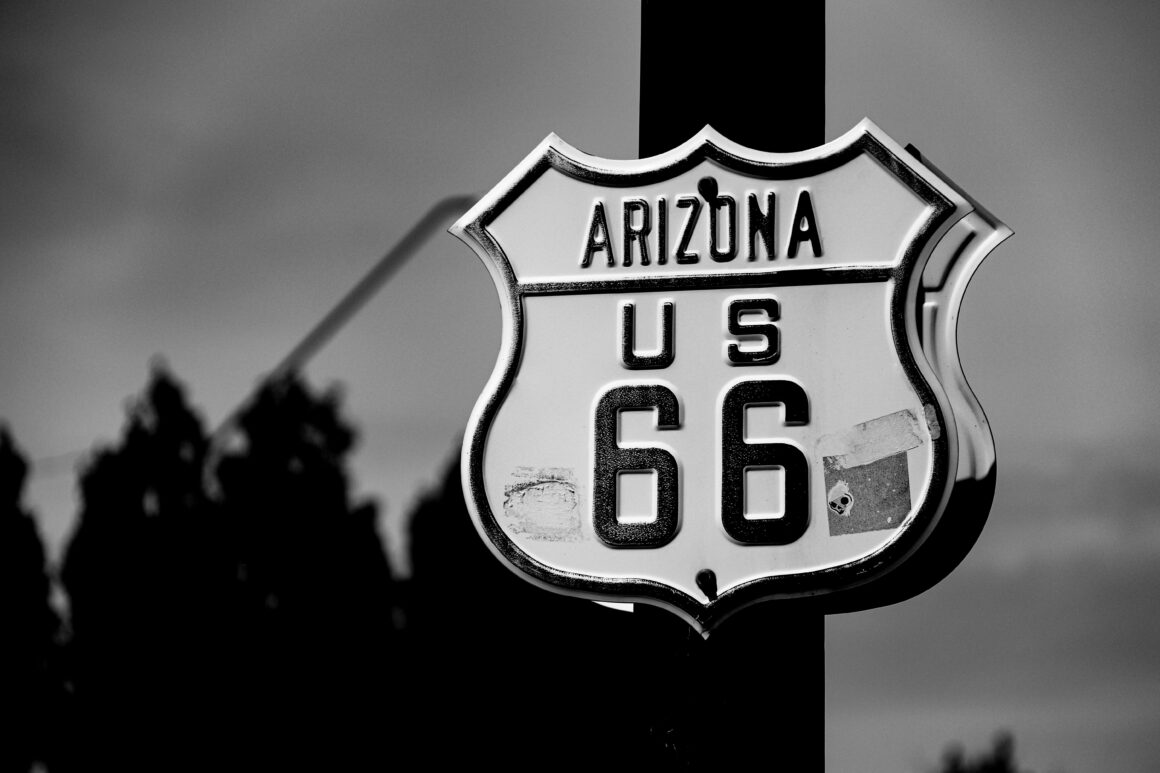In 1990, the American with Disabilities Act (ADA) became finalized as law. According to the ADA National Network, the civil rights law aims to end discrimination against those with disabilities and provide accessible accommodations to ensure equal opportunities.
While the ADA has certainly made progress, there is unfortunately still dozens of ways individuals with disabilities are discriminated against in the United States.
While I do not have a physical disability, I am very close to someone who does. In 2006, my mother was diagnosed with Multiple Sclerosis (MS). Although MS is different for every person, common effects are fatigue, muscle weakness, and difficulty walking. My mother has experienced these symptoms and uses a power chair to aid her in transportation. Through my mother, I’ve witnessed the injustices in numerous places when it comes to accessibility.
One of the most blatant disregards public places have for the ADA is handicapped bathrooms. Although nearly every place has either a family restroom or a handicapped stall, I’ve personally viewed that only a slim amount actually abide by ADA guidelines.
According to the 2010 ADA Standards for Accessible Design, “Each facility or part of a facility constructed by, on behalf of, or for the use of a public entity shall be designed and constructed in such manner that the facility or part of the facility is readily accessible to and usable by individuals with disabilities, if the construction was commenced after January 26, 1992.” To put that in simpler terms, all buildings must be easily usable to those with disabilities. Moreover, the path to get to areas such as bathrooms or drinking fountains must be accessible.
Unfortunately, many restrooms are practically inaccessible to my mother and countless individuals with disabilities.
Handicapped stalls in bathrooms are often only a few inches wider than normal stalls and nearly impossible to use for those with power chairs or wheelchairs. My mom’s power chair is about 29 inches wide. In order for her to easily get into a stall, the width of the door would need to be at least 32 inches. While most stalls are wide enough to accommodate this, the door to the stall opens inwards rather than outwards, meaning that approximately five inches are cut off for accessibility because the door is in the way. Not only is this problematic, but also against the 2010 ADA Standards for Accessible Design, which states that doors should not swing into the floor space.
Additionally, once in the stall, space is needed to maneuver so that the individual can turn around to get on/off the toilet. For my mother, a five foot diameter circle in the middle is needed to turn around and access the toilet.
Very rarely do we actually have a bathroom with a five foot circle. We are sometimes lucky if the circle is three feet in diameter.
Not only are bathroom stalls impractical, but it is incredibly difficult to reach soap and towel dispensers. For those in a power chair or wheel chair, like my mom, soap and towels cannot be reached by standing up, so they need to be accessible by simply reaching for it with their hand. Once again, this is rarely the case. If a young child needs a stepping stool to reach the sink and use soap, then it is likely not accessible to those with a disability- and they don’t have the privilege of using a stepping stool.
Moreover, the path to get to bathrooms is far from easy or accessible. At many restaurants, tables and chairs are placed too close together, often only leaving about 20 inches in between. If my mother needs to use the bathroom, people must push their chairs in, and even then it’s a tight squeeze.
In restaurants, stores, and even churches, my mom has had difficult trying to use the restroom because of stalls that are certainly not “readily accessible and usable,” thus ignoring the ADA. Because of this, with the help of both me and my mom, it still takes over ten minutes to simply use the bathroom.
Using the bathroom is a basic human necessity. It should never be this challenging or frustrating to do so.
Fortunately, there are some places that provide wide handicapped stalls or family bathrooms. Unfortunately, these aren’t always available. Be honest: how many times have you used the bigger stall simply because it was more spacious or nicer? It might not have seemed like a big deal at the time- and it likely wasn’t- until an individual has to wait to go in the only bathroom stall they can physically use simply because someone (who had the choice of four different stalls) wanted to use the handicapped one. Considering that multiple disabilities, including MS, have symptoms of bowel or bladder problems, this irritation becomes much more frustrating.
Not everyone has a personal connection with an individual who has a disability. Because of this, most of these problems that are obvious to me, my mom, and my family go unnoticed by many. It’s time for this ignorance to end. If everyone is to have equal opportunity in this country, the least we can do is provide accessible bathrooms to all.



